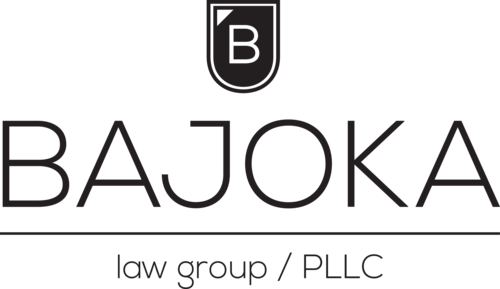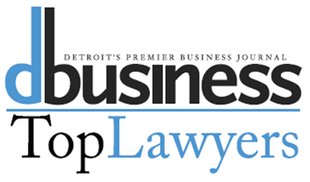A 30-Year Analysis of Federal Corruption Statistics
Recently, a federally funded research team from Virginia Commonwealth University did a comprehensive study of almost 57,000 federal corruption cases over a 30-year period. This study was designed to help federal authorities both prevent corruption and catch it sooner. The top two criminal corruption charges at both the state and federal level are fraud and bribery. For just over 40% of all analyzed cases, fraud was the focus, while bribery was the focus for just under 36% of all analyzed cases. This means that fraud and bribery combined account for nearly 76% of the lead charges in cases which resulted in convictions. The other two most common federal corruption charges were extortion and conspiracy, even though they were far less prevalent than fraud and bribery. Researchers concluded that fraud, bribery, extortion, and conspiracy were the four prevalent categories of corrupt behavior which “form[ed] the operational meaning of corruption in practice.”
A two-year study into 2,400 cases identified the top eight categories of corrupt behavior, they are:
- Receiving a bribe
- Soliciting a bribe
- Extortion
- Contract fraud
- Embezzlement
- Official misconduct
- Obstruction of justice
- Violation of regulatory laws
Researchers found that those in public service at the state and local level were at a higher risk for public corruption. Local public officials were often unsupervised and did their job part time, leading to a lack of professionalism in culture and practice.
MAJOR MOTIVATORS FOR PUBLIC CORRUPTION
A separate part of the research into federal public corruption statistics gathered and sorted statistics related to the major motivating factors which lead to public corruption. There are four major categories of motivation for criminal public corruption:
- Positive – this category is for offenders who are motivated by external factors, like money or prestige, that push the person towards crime.
- Classical – this category is for offenders who make an individual decision to benefit as much as possible from their corrupt behavior.
- Structural – this category is for offenders whose behavior is driven by systemic political and economic reasons.
- Ethical – this category is for offenders whose behavior is steered by individual decisions to act either ethically or wrongfully.
The most common category of motivation for criminal public corruption was the ethical category carrying 38% of the overall cases. Structural motivators were the cause of public corruption 28% of the time, while 19% of offenders were motivated by classical reasons. Only 15% of federal public corruption cases were motivated by reasons from the positive category.
HOW DOES THIS AFFECT ME?
If you are a public official at any level of government, you may be at risk. Temptations to abuse public positions for personal gain are far too common, and unfortunately not everyone is able to always resist these temptations. Sometimes, people in various positions in government don’t even realize the illegal activity they are participating in. Many times, a specific work culture can be what opens the door to public corruption. If you have any questions relating to public corruption, then it is important that you speak to an experienced federal public corruption attorney as soon as possible. Ignorance of the law is not a defense. It is your responsibility to understand your role and the limitations you have by law. If you are in the public eye, then you are also dealing with public trust. A loss of that trust can be devastating to any future career in government work.





